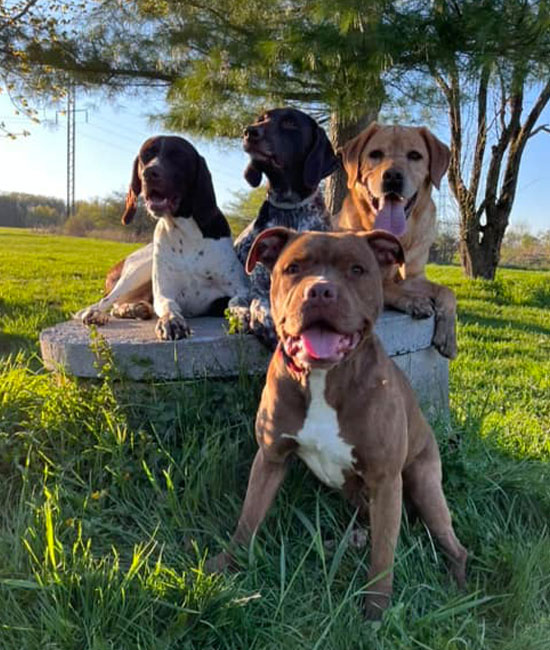Aging Pet Care
Together, we'll make their golden years the brightest they've ever been.
Starting to see your pet’s age?
Let us teach you the difference between senior and geriatric and find out how we can help. From puppy snuggles to grey muzzles, Marcy Veterinary Clinic is here to lead you through each stage of life, making sure your companions are happy and healthy every step of the way.
Senior Pets

Geriatric Pets

This group has grown with you. They have been there through your ups and downs. But their bad days may start outweighing their good. Geriatric pets are visibly in a different bracket when it comes down to quality of life and their ability to do things on their own. These pets can become more challenging to care for and can cost more in terms of time, money and emotional input. +
Aging Pets FAQs

Longer, Happier Lives
The most important thing is to be aware which category your pet falls into and then book an appointment to see our team to restore or maintain optimal health.
We hope to have shed some light on the difference between senior and geriatric pets as well as given you some insight into how we think differently and have designed our service to accommodate you and your older animal. We love to seeing a grey muzzle and especially so if its tail is still wagging furiously! The truth is that most pets can live a great quality of life up to and including their last few days with the right support and care from both you and us. For longer lives, and happier pets.


